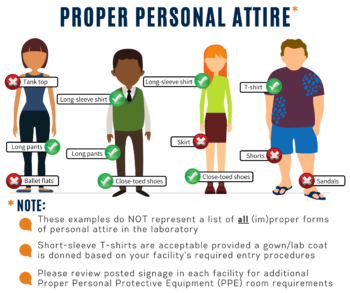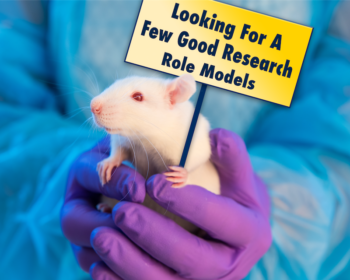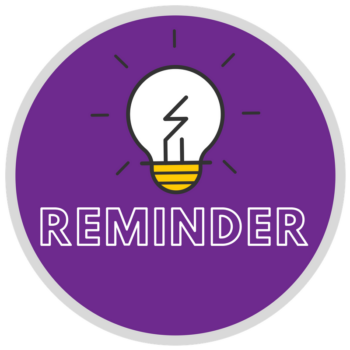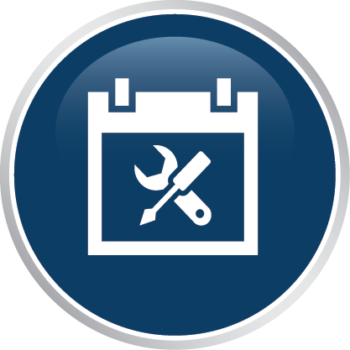Summer Fashion in the Laboratory – What NOT to Wear
With the arrival of warm weather and many individuals returning to campus, now is the perfect time to review the basics of proper personal attire in the laboratory with your staff (including students). REGARDLESS of outdoor weather conditions, personal attire worn in the laboratory and/or animal care facility should ALWAYS provide full coverage of the legs, ...











